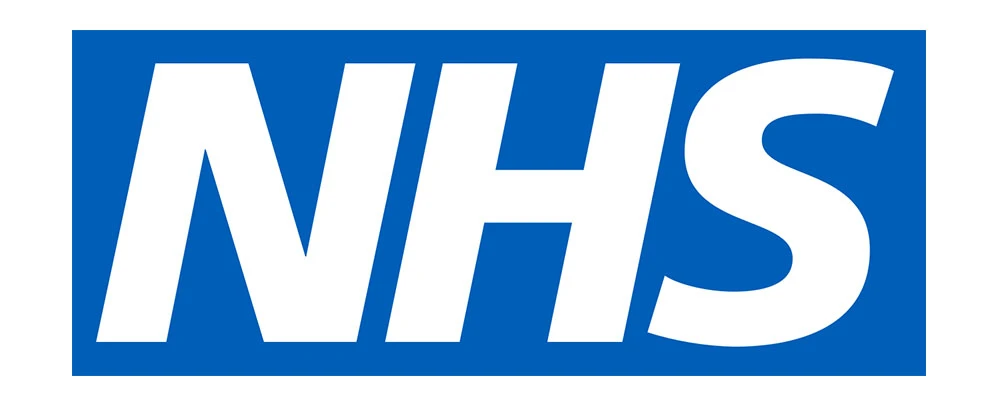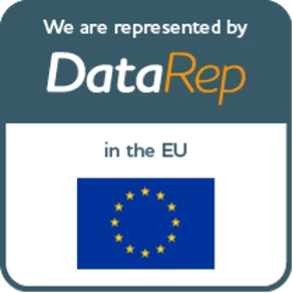Everyone is talking about online communities, but what is all the fuss about? This article will outline what online communities are and why they should be part of all research toolkits; not as the poor relation to other methods. When they are used to tackle the right briefs, they can excel in their own right.
What are online communities?
Online communities, digital communities, customer communities, panels, MROC’s (Market research online communities) have as many names as shapes, sizes, and purposes. There are some small communities, with under 100 people and there are large communities with several thousands or hundreds of thousands. Some are used for qualitative approaches, others for quantitative surveys, some are used for both. Some last a few days, a week or run long term. To the uninitiated, this can, I admit seem all a bit confusing! So, let’s break this down a bit….
When you boil down online communities to the essentials; it’s all about gathering people into an online space for research. The difference between the community types comes into play when you consider how many people to have within the community and how long it should be in place for.
Smaller or larger communities?
Smaller communities tend to be used for qualitative research – exploring the thoughts, feelings, perceptions, and behaviours of a small-scale group of community members. Larger communities being best suited to quantitative surveys that size and profile audiences or opinions. These larger communities also have the benefit of being used for either quant or qual, or combining the two, depending on the challenge at hand.
Short-term pop-up communities or continuous?
The length of time you host a community depends on the research needs of the client. If we are looking at one particular topic, butter buying for example, this may well be best suited to a short-term pop-up community run over a week or two. This gives plenty of time for community members to answer all the questions a client may have to guide and shape their category or brand.
Whereas, if you are a large retailer or brand you may need to tap into a larger group of consumers or your customers frequently to take the pulse of the nation on a particular topic, use their feedback on new products you might launch, the communications you have planned or simply to find out how satisfied they are with the brand, product, or service you offer.
The uses for larger communities are endless and are best used to help brands touch base with their community members often and about a range of topics.
Now we’ve got the basics covered, let’s explore some of the main benefits of an online qualitative community.
The benefits of an online qualitative community
Get more, from more
One of the first things I noticed using online qualitative communities compared to other qualitative methods, is that in an online environment everyone has an equal share of voice. This means you get a lot more, from a lot more people. We can talk to community members for longer periods of time (days vs hours in other approaches) and in depth, generating a much greater volume of feedback, discussion and ultimately insight. This might sound overwhelming for the community member, but in practice, their participation is spread across the duration of the community, with members dipping in and out of the discussion at times that are convenient for them.
Get more, from further afield
Online communities gather members from, well, pretty much anywhere across the globe! Need to speak to people in the north and south of the UK? An online community can do that. Need to speak to UK and US consumers? We can do that too. Essentially, you can bring consumers into this virtual space from anywhere across the globe to join the community – providing representation, at depth and speed.
Get 1-2-1 depth and group insight
The flexibility that technology gives us when running an online qual community is continuously improving. With ease we can have one on one discussions with community members to avoid group think or influence. Or, alternatively we can speak to specific segments of community members about a key topic. Or we can open it all up for group debate.
Get beyond the conscious
Any researcher worth their salt will tell you there’s a real difference between what people say they do and what they actually do.
And in all fairness, it’s not like people are being dishonest, it’s just the way our brains work – up to 95% of human reaction and behaviour is driven by our subconscious. Until recently it’s been up to the skill of the researcher to dig down, underneath the rational responses consumers give and uncover the real drivers of behaviour. But with the rise of neuroscience techniques and video tools embedded within community platforms, we can get even closer to what decisions are made, when, how and why.
Get insights instantly
A key improvement across the research industry in the last few decades, is the speed of access to insights. Gone are the days when it would take months to report back on a project, by which time attitudes, behaviours or even the market could have shifted quite significantly. This is one particular strength of an online community – instant insights. The speed at which discussion flows between community members on a topic they are truly passionate about is simply outstanding. Have a burning question you need answering for your big meeting with senior stakeholders in 24 hours? Ask it to a community and in just a few hours you’ll have plenty of rich, detailed insights.
Get stakeholders involved
Linked to the point above, one of the key challenges for market research can be making sure the insights are seen and heard across all stakeholders. The nightmare for any researcher or insight professional, is the thought of an insightful and business useful research project report that holds the key to unlocking brand growth, buried somewhere on the company file system, never to see the light of day.
With an online community, we can engage stakeholders much earlier in the research process. They can join the community as observers, exploring the discussion as it happens in real time. And, sometimes, hearing exactly what consumers think, feel, or do, directly from them is the most powerful way to embed insights.
Summing up
Well, that’s all from me for today, the points mentioned above just scratch the surface of why I love online communities, in truth, I could have written much, much more. The flexibility, the speed, the engagement of community members are just a few reasons why I as an online research specialist, will always have a soft spot for an online community.














